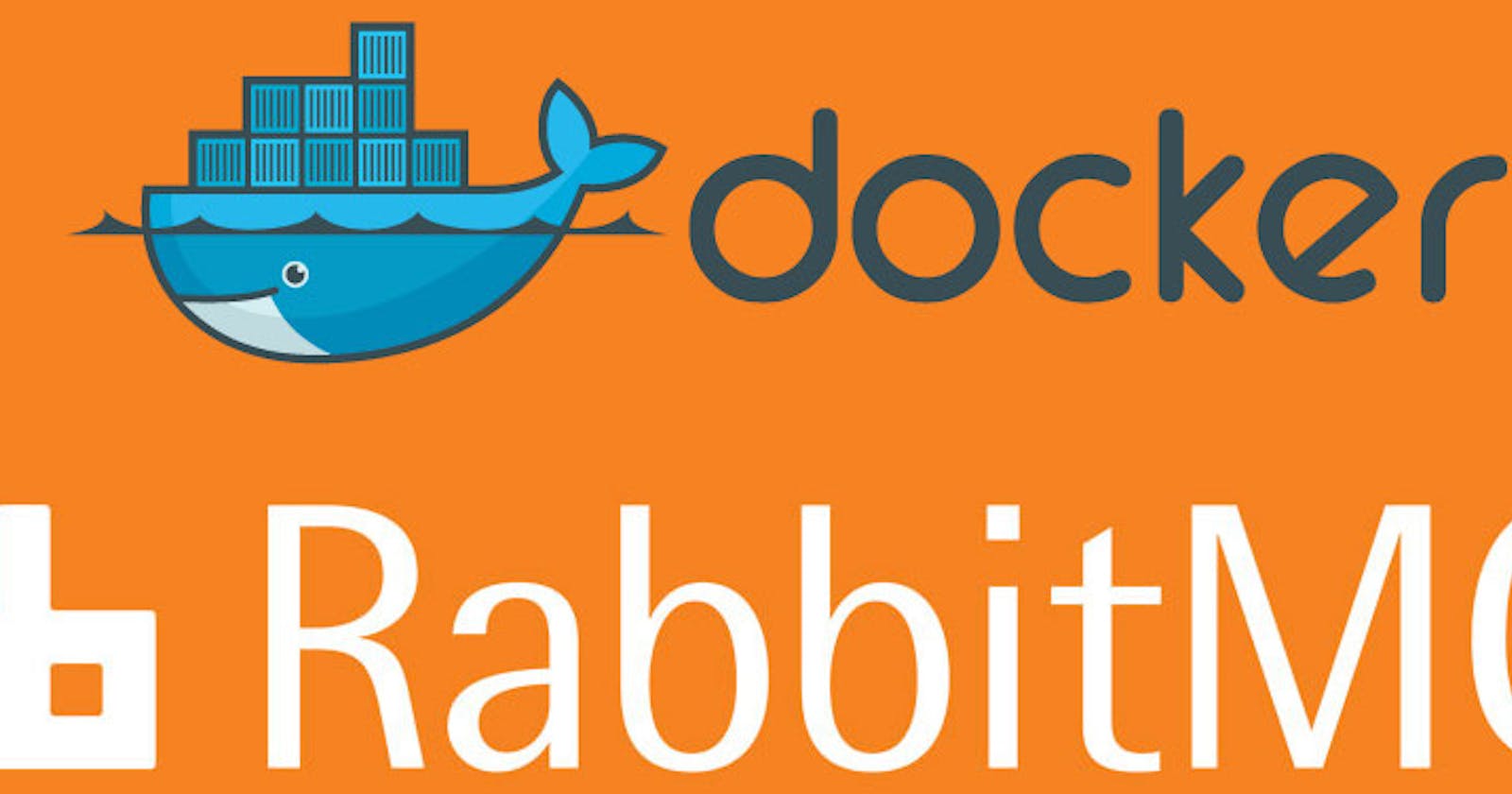Step-by-Step Guide to Installing RabbitMQ using Docker
RabbitMQ is a widely-used message broker that facilitates communication between different components of distributed systems. Installing RabbitMQ using Docker provides an easy and efficient way to set up RabbitMQ instances in any environment. In this guide, we'll walk you through the step-by-step process of installing RabbitMQ using Docker.
Step 1: Install Docker
If you haven't already installed Docker on your system, you'll need to do so before proceeding. You can download and install Docker Desktop from the official Docker website: Docker Desktop Downloads
Follow the installation instructions provided for your specific operating system.
Step 2: Pull RabbitMQ Docker Image
Once Docker is installed, open a terminal or command prompt and pull the RabbitMQ Docker image from the Docker Hub repository using the following command:
docker pull rabbitmq:3.13-management
This command will download the RabbitMQ Docker image with the management plugin enabled, allowing you to access the RabbitMQ management console.
Step 3: Run RabbitMQ Docker Container
After pulling the RabbitMQ image, you can run a RabbitMQ Docker container using the following command:
docker run -it --rm --name rabbitmq -p 5672:5672 -p 15672:15672 rabbitmq:3.13-management
This command creates a new Docker container named "rabbitmq" running the RabbitMQ image. It maps ports 15672 (management UI) and 5672 (AMQP) from the container to the corresponding ports on the host system.
Step 4: Access RabbitMQ Management Console
Once the RabbitMQ container is running, you can access the RabbitMQ management console using your web browser. Simply open your browser and navigate to http://localhost:15672.
You can log in to the management console using the default credentials:
- Username:
guest - Password:
guest
Step 5: Configure RabbitMQ
After logging in to the RabbitMQ management console, you can configure users, virtual hosts, queues, exchanges, and other settings as needed. The management console provides a user-friendly interface for managing RabbitMQ instances and monitoring message queues.
Step 6: Stop and Remove RabbitMQ Container (Optional)
When you're done using RabbitMQ, you can stop and remove the RabbitMQ Docker container using the following commands:
docker stop rabbitmq
docker rm rabbitmq
These commands will stop and remove the RabbitMQ container, freeing up system resources.
Conclusion
In this guide, we've provided a step-by-step walkthrough of installing RabbitMQ using Docker. By following these instructions, you can quickly set up RabbitMQ instances in any environment using Docker containers. Docker provides a convenient and portable way to deploy RabbitMQ, making it easy to integrate RabbitMQ into your development and deployment workflows. Experiment with different configurations and settings to optimize RabbitMQ for your specific use case.
